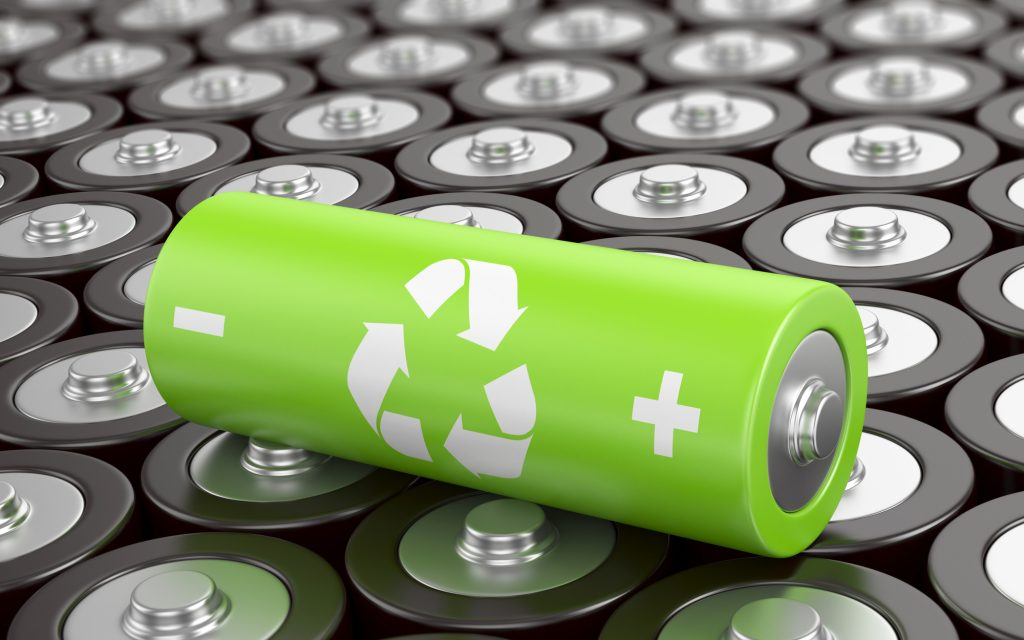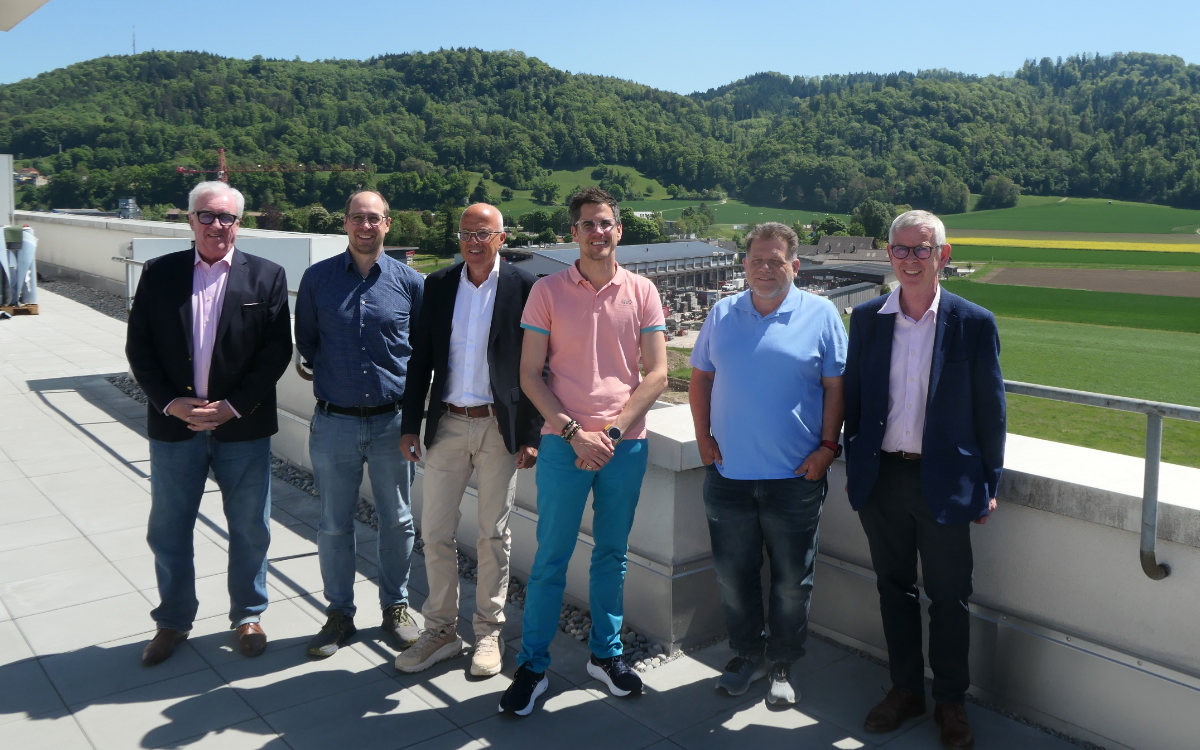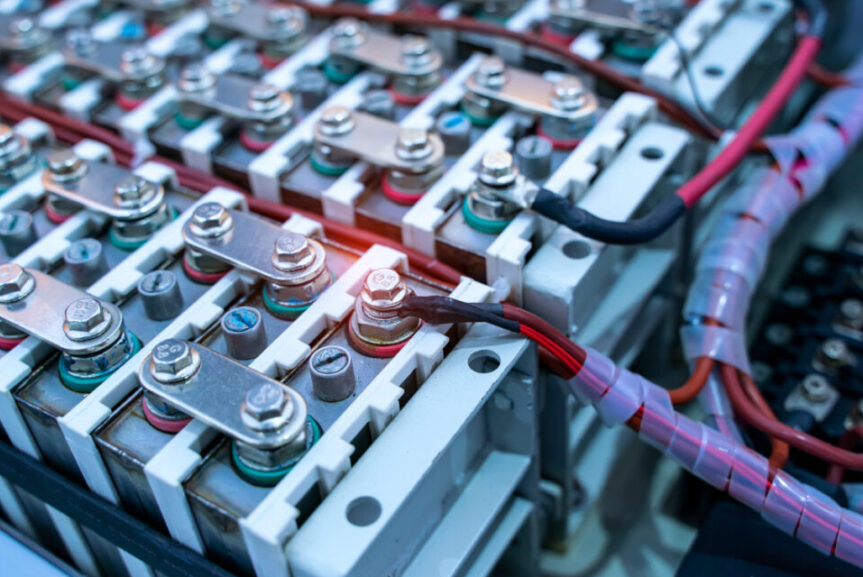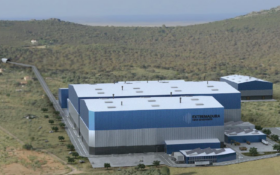The bankruptcy of Northvolt, the Swedish battery manufacturer, has led to surging waves, both in the political sphere and in the green industry. How did this grandiose project end up this way?
“All the basic features of the Northvolt venture were in place. There was a demand from European automotive companies for the type of NMC cells that the promising newcomer planned to develop and manufacture. The town of Skellefteå offered a good industrial environment, lots of green power and a low carbon footprint. The Swedish government promised to organise special vocational training, and Sweden. All prerequisites for success were in place – still Northvolt failed. There are specific reasons for the outcome”, Daniel Brandell says to BEST. He is professor (Materials Chemistry) at the Department of Chemistry – Ångström Advanced Battery Centre and responsible professor for the Structural Chemistry programme at Uppsala University.
“The first large and real challenges emerged when technological problems needed to be solved, especially issues with reactive cathodes for high-performance cells and refining of the battery chemistry. The management lacked experience of gigafactory projects – now they were supposed to produce battery cells as good as the already established Chinese and South Korean manufacturers. A tight schedule and quality issues, combined with fast expansion plans, dependence on recruitment of foreign workforce and experts, added the burdens on the team. Actually, the cell production team was excellent.”
Brandell says that when the first signs of problems occurred, the Northvolt management was unable to identify the reasons. “A high failure rate could be traced back to the chosen production technology. Too many things happened, like in a mechanical watch – which spring or gearwheel failed? It is almost impossible to find the source of problems in a sealed battery cell. The management should have realised the situation, but instead they pushed on, set up new projects and factories all over the world instead of solving the problems with material, battery chemistry and production technology. Northvolt never managed to produce its own cathodes, the reject rate was sky high.”
“Then Northvolt ran out of money and activated Chapter 11 in the US. Ironically, then the production started to flow – the last batches of batteries were really good.”
How to go on?
Had Northvolt gone into the wrong segment with its battery cell production? Brandell says that the cells delivered to Scania, the Swedish truck manufacturer, were technically good. “The European automotive industry wanted to have a European supplier of NMC chemistry, both of prismatic and cylindrical cells. Going into different chemistries like LFP would have been a higher risk. Northvolt had developed good knowledge of cell chemistry and with the support of the automotive manufacturers it should have been possible to produce high quality cells. The competence and the technology created have a value – it is a victory that the factory and all infrastructure around it in Skellefteå have been built. I do hope that we will see a joint venture between European car manufacturers and Asian cell producers as there is a public interest to keep all the skills and the investments in one place. I see this as a bump in the road towards a green transition,” Brandell concludes.
He is supported by Björn Sandén, professor in innovation and sustainability at Chalmers Institute of Technology in Gothenburg: “Northvolt has paved the way for future investments in the green industry. In addition to the technical competence created, politicians, authorities and the investors have gained valuable experience.”
Picture: Daniel Brandell












